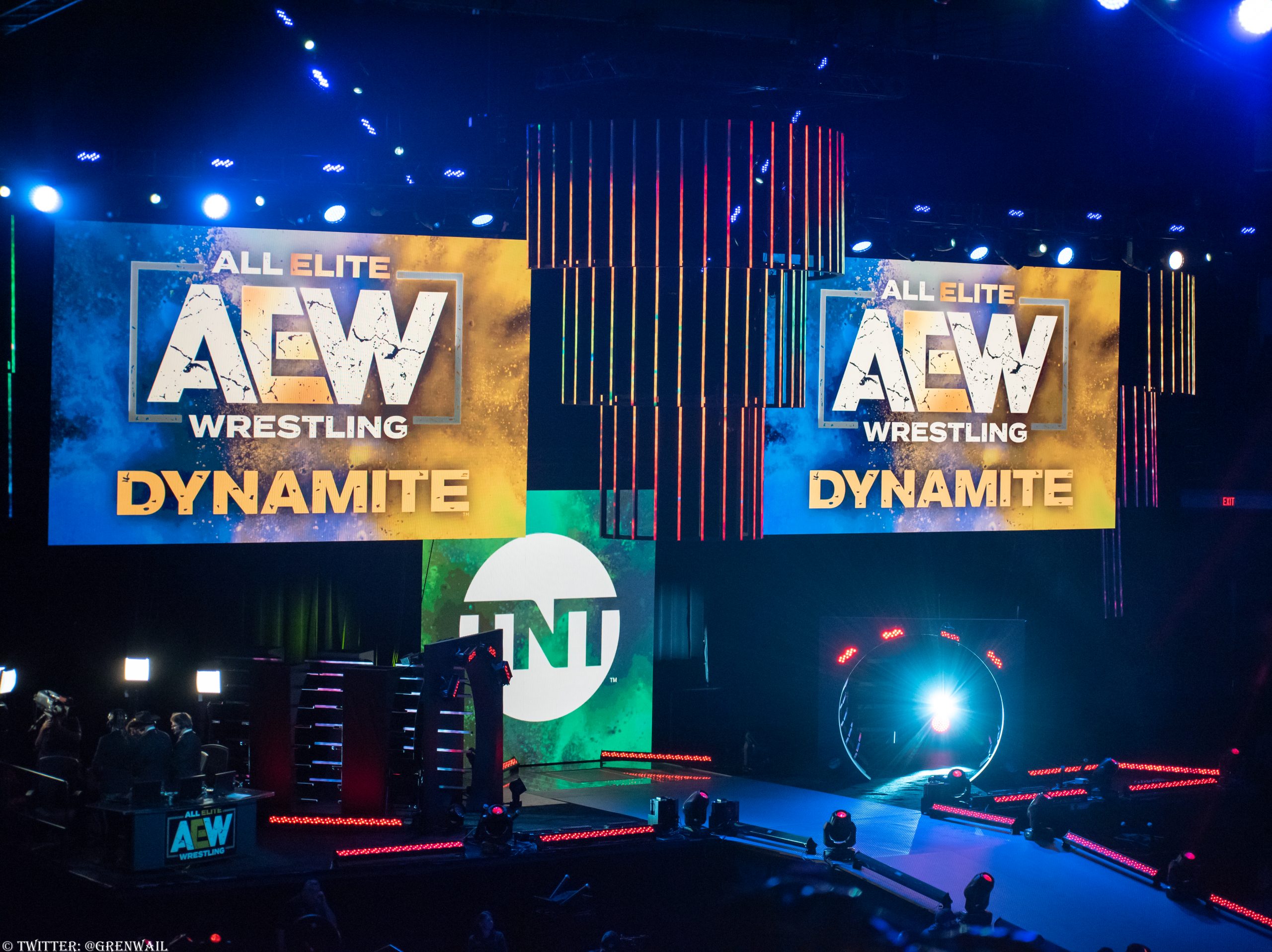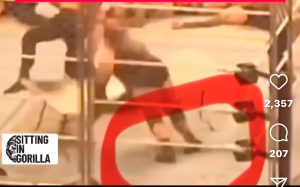AEW: The Circus That Let Its Stars Slip Away

When AEW launched in 2019, it was billed as the revolution wrestling fans had been craving—a bold alternative to WWE that promised creative freedom, thrilling matches, and a roster stacked with both rising stars and seasoned veterans. Fast forward a few years, and while AEW remains a player in the wrestling landscape, cracks in its foundation are becoming increasingly evident.
Two of the most glaring examples of AEW’s struggles? The departures of Cody Rhodes and CM Punk—two megastars who not only helped AEW gain early traction but are now thriving in WWE, the very company AEW sought to outshine. Their exits raise a critical question: Is AEW running a tight ship, or has the program devolved into a chaotic circus that can’t keep its brightest stars?
A House Divided: The Cody Rhodes Exit
Cody Rhodes was a founding father of AEW, putting his reputation and creative energy on the line to help establish the brand. As an EVP, Cody was not just a performer—he was a builder, a visionary. But by early 2022, Cody shocked the wrestling world by leaving AEW and returning to WWE, a company he once publicly criticized.
Why did Cody leave? Reports suggest creative frustrations and backstage politics played a significant role. Despite being one of AEW’s biggest draws, Cody’s influence in booking diminished over time. The locker room reportedly became fractured, with factions forming around different stars and AEW’s top brass seemingly unable to manage the egos and creative differences. For someone like Cody—who craves structure and has a passion for storytelling—the lack of a unified vision in AEW likely made WWE’s polished, hierarchical system much more appealing.
CM Punk: AEW’s Self-Inflicted Wound
Then there’s CM Punk—a name synonymous with controversy but also with box-office appeal. When Punk joined AEW in 2021, it felt like a seismic shift in the wrestling world. His debut drew massive ratings, sold out arenas, and reignited fan excitement.
But it didn’t take long for the honeymoon phase to end. AEW’s lack of backstage control allowed tensions between Punk and other top stars, like The Elite, to boil over into a full-blown brawl at All Out 2022. What followed was a series of suspensions, public shots taken by all parties, and eventually, Punk’s termination in 2023 after another backstage altercation.
For a company that prides itself on being a family, AEW’s inability to manage egos or foster a professional environment is glaring. Punk’s WWE return at Survivor Series 2023 was a statement—not only did WWE welcome him back with open arms, but they also showed they could handle a polarizing star in a way AEW could not.
Why AEW Feels Like a Circus
AEW has the talent, no doubt. But talent alone doesn’t make a wrestling company successful—management, structure, and vision are just as important. Unfortunately, AEW’s shortcomings in these areas are hard to ignore.
- Backstage Chaos: The lack of leadership in AEW’s locker room has been widely reported. Tony Khan’s hands-off approach to management has allowed personal grudges to spill over into the ring and even press conferences.
- Lack of Cohesive Storytelling: While AEW excels in putting on great matches, its storytelling often feels disjointed. Fans are left wondering if there’s a long-term plan or if booking decisions are made on a whim.
- Too Many Stars, Not Enough Focus: AEW’s roster is bloated with talent, many of whom are underutilized. With so many wrestlers vying for screen time, it’s easy for even top-tier stars to feel lost in the shuffle.
- Failure to Retain Big Names: Losing Cody Rhodes and CM Punk isn’t just a personnel issue—it’s a branding issue. These are stars who brought legitimacy to AEW, and their exits highlight deeper problems within the company.
WWE: The Beneficiary of AEW’s Missteps
Both Cody and Punk have found new life in WWE. Cody is now one of WWE’s top babyfaces, headlining WrestleManiaand being positioned as the future of the company. Punk’s return has already sent shockwaves through the industry, proving he’s still a massive draw.
WWE’s success with these former AEW stars underscores the difference between the two companies. WWE knows how to manage its roster, prioritize long-term storytelling, and, most importantly, create an environment where stars want to stay and thrive.
Final Thoughts
AEW had—and still has—the potential to be a game-changer in the wrestling world. But as long as it operates like a circus, with backstage drama and poor management overshadowing its in-ring product, it will struggle to compete with WWE’s well-oiled machine.
The departures of Cody Rhodes and CM Punk are not just losses—they’re warnings. If AEW wants to avoid becoming a revolving door for talent on their way to WWE, it needs to tighten its backstage ship, focus on cohesive storytelling, and treat its stars like the valuable assets they are.
In wrestling, perception is everything. And right now, AEW looks like the company that can’t hold on to its own stars.
Written by WrestlingChimp.com
Your home for all things wrestling—raw takes, bold opinions, and the inside scoop on the industry you love.





